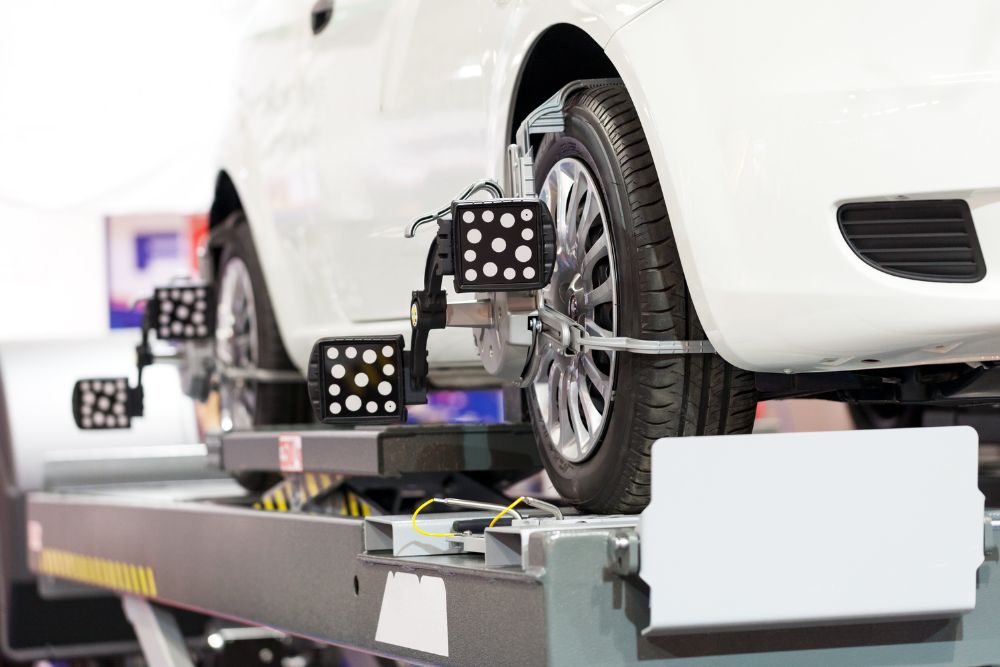When it comes to vehicle maintenance, one often overlooked service is wheel alignments. Proper wheel alignments are crucial for the overall health and performance of your vehicle. In this article, we will discuss the significance of wheel alignments and why they should not be ignored.
What is a Wheel Alignment?
A wheel alignment is the process of adjusting the angles of the wheels to the manufacturer’s specifications. This adjustment ensures that the wheels are perpendicular to the ground and parallel to each other. There are three key angles that are adjusted during a wheel alignment:
Camber: This is the angle of the wheel when viewed from the front of the vehicle. If the top of the wheel is leaning outward, it is called positive camber. If it is leaning inward, it is called negative camber.
Toe: This is the angle of the wheels when viewed from above the vehicle. If the front of the wheels are closer together than the rear of the wheels, it is called toe-in. If the front of the wheels are further apart than the rear of the wheels, it is called toe-out.
Caster: This is the angle of the steering pivot when viewed from the side of the vehicle. Caster alignment affects the stability of the steering.
The Benefits of Proper Wheel Alignments
1. Extended Tire Life:
One of the primary benefits of wheel alignments is that they help in extending the life of your tires. When your wheels are properly aligned, the tires wear out evenly. Improper alignment can cause uneven tire wear, leading to the need for premature tire replacements.
2. Improved Fuel Efficiency:
Proper wheel alignments can also contribute to improved fuel efficiency. When the wheels are correctly aligned, there is less resistance on the road, resulting in better fuel economy.
3. Enhanced Vehicle Handling:
A vehicle with proper wheel alignments will have better handling and performance. When the wheels are aligned correctly, the steering response is improved, and the vehicle is easier to control.
4. Prevention of Costly Repairs:
Ignoring wheel alignments can lead to more significant issues with your vehicle’s suspension system and other components. By ensuring your wheels are aligned, you can prevent costly repairs down the line.
5. Safer Driving Experience:
Proper wheel alignments contribute to safer driving. When your wheels are aligned correctly, your vehicle is more stable on the road, reducing the risk of accidents.
Signs That Your Vehicle Needs a Wheel Alignment
It is essential to be aware of the signs that indicate your vehicle may need a wheel alignment. Some common signs include:
- Uneven or rapid tire wear.
- Your vehicle pulls to one side.
- Steering wheel vibration.
- Steering wheel is off-center when driving straight.
If you notice any of these signs, it is recommended to have your vehicle inspected by a professional auto technician to determine if a wheel alignment is needed.
Final Thoughts
Wheel alignments play a crucial role in maintaining the health and performance of your vehicle. By ensuring your wheels are properly aligned, you can extend the life of your tires, improve fuel efficiency, enhance vehicle handling, prevent costly repairs, and promote a safer driving experience. If you suspect that your vehicle may need a wheel alignment, do not hesitate to schedule an inspection with your trusted auto repair shop.
Next time you schedule a service for your vehicle, consider including a wheel alignment to keep your ride running smoothly on the road!

